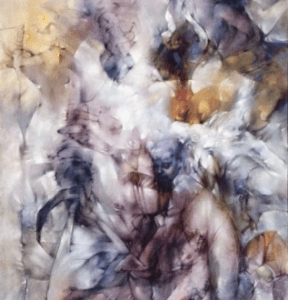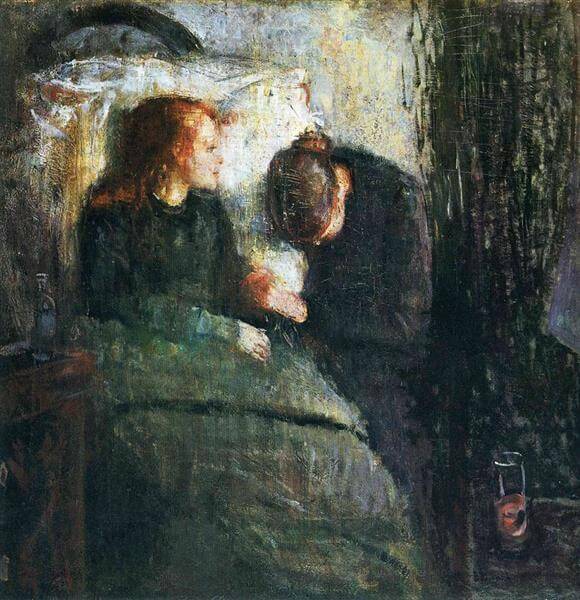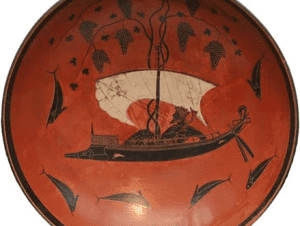
Born: 10 August 1880
Died: 26 September 1950
About Pierre Roy
Pierre Roy was a French painter who belonged to the surrealist movement but developed his own distinct style. He is well-known for his realistically painted compositions of everyday objects in unusual arrangements, which create a sense of mystery and wonder.
Roy was born in Nantes in 1880, the eldest of four children to the secretary of the management board of the Musée d’Arts de Nantes.
His family was related to the writer Jules Verne, whose stories influenced Roy as a child and may have influenced the direction of his art later in life.
Roy studied architecture at the École des Beaux-Arts in Paris before abandoning it to pursue painting. He was influenced by the works of Paul Cézanne, Henri Rousseau, and Giorgio de Chirico, among others. He exhibited his paintings at the Salon d’Automne and the Salon des Indépendants, where he met other avant-garde artists such as André Breton, Max Ernst, and René Magritte.
Roy joined the Surrealists in 1925, but remained independent and did not follow any dogma or manifesto. He preferred to work alone and create his own vision. He was fascinated by the juxtaposition of seemingly disparate elements such as clocks, books, musical instruments, plants, animals, and human figures. He painted them with meticulous detail and precision, creating a contrast between the realistic representation and the irrational combination.
Roy’s paintings evoke a sense of mystery and wonder, as well as humour and irony. They invite the viewer to question the meaning and logic of reality, as well as to explore their own imagination and subconscious. His most famous works include The Philosopher’s Room (1926), The Enigma (1928), The Dream (1930), The Metaphysical Garden (1932), and The Alchemist (1938).
Roy also worked as an illustrator and designer, creating posters, book covers, advertisements, and stage sets. He died in Paris in 1950, leaving behind a rich and original oeuvre that deserves more recognition and appreciation.
Pierre Roy most famous painting
It is difficult to say which of Pierre Roy’s paintings is the most famous because he was little known during his lifetime and his works were rarely exhibited. However, some of his paintings have been recognised as surrealist masterpieces, including:
Proue De Naivre at Papillons (1926), depicting a ship’s prow emerging from a field of flowers and butterflies, contrasting the natural and the artificial, the land and the sea, and the real and the imaginary.

Le Grand Bateau (1927) depicts a large boat floating in the sky above a cityscape, implying a dreamlike or visionary state of mind.

A Naturalist’s Study (1928), which depicts a room filled with natural history-related objects such as fossils, shells, plants, and animals, but also includes some out-of-place elements such as a human skull, a violin, and a globe.

La Femme Peintre (1930), depicts a woman painter working on a canvas depicting a landscape with a castle and a river, but also reveals her own reflection in a mirror behind her, resulting in a complex interplay between reality and representation.

Le Chou Fleur (1931), a surreal transformation of nature and domesticity depicted by a giant cauliflower growing out of the ground in front of a house.








Responses